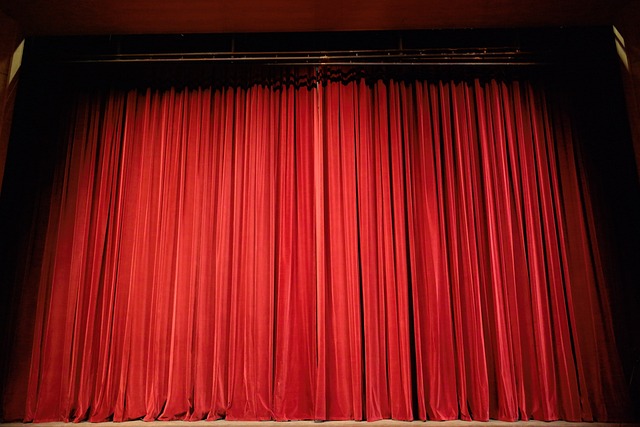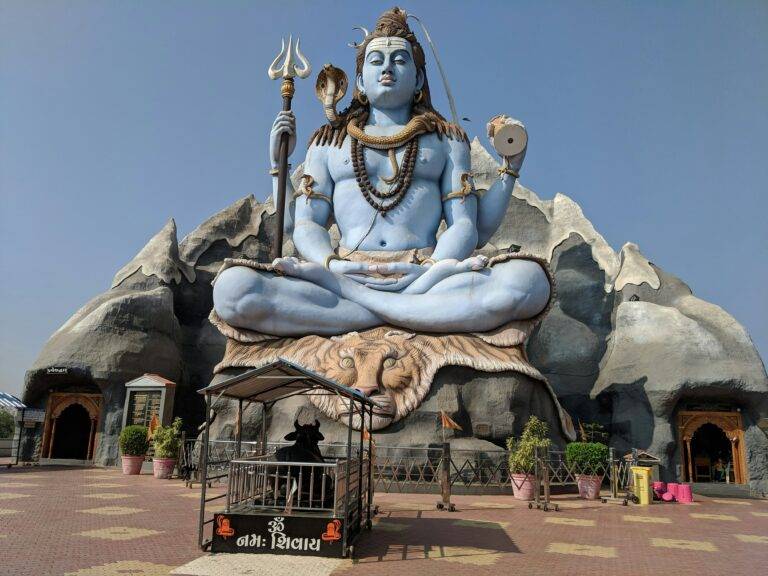The Evolution of Immersive Theater in the Digital Age
Traditional theater has deep roots that stretch back through the annals of history. From the ancient performances in Greece’s grand amphitheaters to the Shakespearean plays in Elizabethan England, the evolution of traditional theater is a fascinating journey through time. These early productions laid the foundation for the theatrical art form that continues to captivate audiences around the world today.
Over the years, traditional theater has adapted and transformed to reflect the changing times and societal norms. From the extravagant costumes and elaborate sets to the skilled actors who bring characters to life, traditional theater has evolved into a rich tapestry of storytelling that continues to resonate with audiences across generations. This evolution is a testament to the enduring power of the theatrical experience and the timeless appeal of live performances.
Rise of Immersive Experiences
Immersive experiences in the realm of theater have been gaining significant momentum in recent years. Audiences are no longer satisfied with merely observing a performance; they seek to be fully transported into the world created by the artists on stage. This shift towards immersive theater allows spectators to engage with the narrative in a more profound and intimate way, blurring the lines between performer and viewer.
Through the use of innovative staging techniques, interactive storytelling, and site-specific performances, immersive experiences are revolutionizing the way audiences interact with theatrical productions. These experiences often extend beyond the traditional boundaries of a theater space, incorporating elements of surprise, sensory stimulation, and audience participation. By immersing spectators in the heart of the action, immersive theater offers a unique and unforgettable way to engage with storytelling and performance art.
Integration of Technology in Theater
Technological advancements have significantly changed the landscape of traditional theater, ushering in a new era of creativity and innovation. With the integration of cutting-edge technology, productions are now able to captivate audiences in ways never thought possible before. Lighting effects, sound design, projections, and even virtual reality elements are seamlessly incorporated into performances to enhance the overall theatrical experience.
Moreover, technology has enabled theater productions to reach a wider audience through live streaming and digital platforms. This shift towards digital connectivity has not only broadened the reach of performances but has also opened up new possibilities for collaboration and storytelling. As theaters continue to embrace the possibilities that technology offers, the boundaries of what is achievable in the realm of theater are constantly being pushed and redefined.
Technology has allowed for the seamless integration of lighting effects, sound design, and projections into theater productions.
Virtual reality elements are now being incorporated to enhance the overall theatrical experience.
Live streaming and digital platforms have enabled theater productions to reach a wider audience.
Digital connectivity has opened up new possibilities for collaboration and storytelling in the realm of theater.
How has technology influenced traditional theater?
Technology has revolutionized traditional theater by introducing new elements such as projection mapping, virtual reality, and interactive lighting to enhance the audience’s experience.
What are immersive experiences in theater?
Immersive experiences in theater involve creating a fully immersive environment for the audience, where they are not just passive spectators but active participants in the performance.
How has technology been integrated into theater productions?
Technology has been integrated into theater productions through the use of digital projections, interactive sets, virtual reality headsets, and even live streaming performances.
What are some examples of technology-enhanced theater experiences?
Examples of technology-enhanced theater experiences include productions that incorporate holograms, motion-capture technology, augmented reality, and interactive audiovisual elements.
How has the integration of technology in theater changed the way stories are told?
The integration of technology in theater has allowed for more visually stunning and immersive storytelling, blurring the lines between reality and fiction to create unforgettable experiences for audiences.






